By now, many observers are familiar with the broad outlines of the United Arab Emirates (UAE) economic story: a relatively small country rising above its region as a stand-out economic performer. By almost every major index — including the World Economic Forum Competitiveness Index, the World Bank’s Doing Business Index, and the Global Innovation Index — the UAE stands at or near the top of its region.
Dubai, the UAE’s most populous city, is now an international trade and business hub, with an economy organized around four pillars: trade, transport, tourism, and technology. Abu Dhabi, the capital city, is home to the vast majority of the UAE’s oil wealth. Abu Dhabi’s oil is the reason the UAE holds some $1 trillion in assets and reserves through two of its major sovereign wealth funds, the Abu Dhabi Investment Authority (ADIA) and Mubadala. For comparison, $1 trillion is about one-third of the continent of Africa’s total GDP. Dubai, on the other hand, has sparse oil supplies, and oil accounts for about only 1% of Dubai’s GDP (although oil once contributed to 50% of Dubai’s GDP).
The UAE’s long-term economic strategy — with its four-pillar approach —could serve as a model in some ways for African economies, including at the city, regional, and national level. The scope of this analysis is on possible economic lessons, not political ones; importantly, countries in Africa should keep seeking accountable governance, in addition to growing their economies.
Given the rich endowments in natural resources but limited economic diversification of numerous African countries, what might African countries learn about stimulating economic growth and diversification from the UAE, and particularly Dubai? This is particularly relevant given the adoption of the African Continental Free Trade Area (AfCFTA).
Attracting foreign investment
The UAE’s special economic zones offer examples of successful measures to boost trade, manufacturing, and development.
The Jebel Ali Free Zone Authority (JAFZA) is an economic colossus that accounts for $93 billion in annual trade and nearly one-quarter of Dubai’s GDP. It is the classic free trade zone model, with a twist: It is directly attached to the Jebel Ali Port, which gives it easy access to one of the most active shipping networks in the world. Thousands of companies use the zone as their base for logistics warehousing and/or light manufacturing. For example, the Tea Center within the Dubai Multi Commodities Center (based in the zone) handles over 53 million kilograms of tea per year. Abu Dhabi’s Khalifa Port is likewise a major hub.
Recent research projects that business-to-business spending in manufacturing in Africa will reach $666.3 billion by 2030. As Africa’s manufacturing sector develops and industrialization increases, the continent has the potential to become a strategic link for trade. African countries with geographic advantages, such as South Africa or Nigeria, should look to develop free trade zones similar to JAFZA or the Khalifa Port. Numerous ports in Africa have potential, given their geographic positions and strategic importance: the port of Durban in South Africa, of Djibouti in Djibouti, of Lagos in Nigeria, of Mombasa in Kenya, of Tema in Ghana, of Abidjan in Cote d’Ivoire, of Douala in Cameroon, and of Tangier in Morocco, for example.
The entry into force of the Africa Continental Free Trade Area (AfCFTA) in May 2019 offers a unique opportunity: Building world-class and infrastructure would accelerate industrial development and boost intra-African and global trade.
Creating national, continental, and global hubs
Strong transportation infrastructure connects the UAE to the world. African countries should focus on fixing the infrastructure gap and better connect with one another and the rest of the world.
The UAE is well-placed to serve as a trade, services, and transport hub given its strategic location between Asia and Europe, and its proximity to Saudi Arabia. Dubai’s Jebel Ali Port is the ninth-busiest container terminal port in the world. It includes a large, semi-automated container terminal that uses remote technology to operate cranes and has huge stocking capacity. The Dubai-based DP World, the majority state-owned ports operator, has 78 operating marine and inland terminals in 40 countries across six continents.
DP World is also present in Africa, with a number of ports — from Senegal in the west to Mozambique in the east. In July 2018, DP World announced a $50 million investment in inland logistic facilities in Mali, and the company is currently supervising the building of the port of Somaliland, to be completed by June 2019, for a total lease amount of $442 million.
According to the African Development Bank, high-quality infrastructure is critical for raising economic productivity and sustain growth on the continent, as well as achieve the Sustainable Development Goals and the African Union’s Agenda 2063 for transforming Africa into a global powerhouse. African countries can learn from the UAE’s effective infrastructure development techniques, including particularly the semi-automated and technologically advanced container port, with remote and automated operation of cranes. Now that AfCFTA has come into force, it is crucial for African countries to enhance their maritime and inland trade facilities, especially as transport is one of the biggest barriers to the improvement of intra-African trade.
Developed by the African Union, the New Partnership for Africa’s Development (NEPAD), and the African Development Bank, the Program for Infrastructure Development in Africa (PIDA) is playing an important role, but it still needs to deliver on further mobilization of the private sector for resources and a more effective role on infrastructure delivery and expansion. Resources mobilized through PIDA can be supplemented through partnerships with companies such as DP World where appropriate.
Bringing the world to the region
Tourism and the business environment are booming in the UAE, and African countries should take note.
With almost 16 million international visitors in 2018, Dubai is the fourth-most visited city in the world by international tourists, surpassing New York or Tokyo, and beat out only by Bangkok, London, and Paris. Dubai’s tourism strategy is partly based on its purposeful building of tourist attractions, from the world’s tallest tower to beach hotels and theme parks. The Dubai-based Emirates Airlines feeds into this strategy as one of the largest international carriers in the world. Ethiopian Airlines, Africa’s largest and most successful airline, is already enhancing travel to and within the continent — it has at least 121 aircrafts, 127 destinations, and 10.6 million passengers in 2017-18, with a revenue of $3.1 billion — but many more African companies should follow their footsteps.
As for business, Dubai allows companies to benefit from free repatriation of capital. Other business-friendly measures include specific incubators and long-term visas for investors and entrepreneurs. Similar mechanisms could permit African countries to consistently attract entrepreneurs and companies, even if corporations and citizens should pay their fair share of taxes to reinforce state capacity to deliver public goods and services. To do so, African countries also need to further promote their growing and highly competitive sectors, such as agribusiness and financial services.
Embracing the fourth industrial revolution and globalization 4.0
Countries in Africa and around the world must acknowledge that disruptive innovation and technology will drive the future.
The UAE ranks first in the Arab States region in the 2018 World Digital Competitiveness Index, outperforming Germany, New Zealand, France, Japan, Spain, Portugal, and many other traditional leaders. This is bolstered by a strategy around the Fourth Industrial Revolution (4IR), the appointment of a minister of state for artificial intelligence, government initiatives around artificial intelligence and the supportive infrastructure, and large investments in schools for robotics and artificial intelligence.
Recent information communication technology developments in Africa have the potential to give African countries similar opportunities to take advantage of new technologies. For example, the recent ITU Telecom Forum, which was hosted by South Africa in Durban in September 2018, paved the way for the creation of 5G networks, artificial intelligence and cybersecurity projects, and initiatives to connect unconnected citizens. Africa should build upon developments such as this forum and follow the UAE example by investing further in the private sector to scale up digital skills training.
Similarities, differences, and lessons to be learned
There are significant differences between African countries and the UAE, particularly higher oil production per capita as well as larger oil reserves than any African country; the strategic location between Asia and Europe that facilitated the creation of a globally competitive trade, transport, and service hubs; and the ultimate concentration of the executive, judiciary, and legislative powers in the hands of rulers. Moreover, wealth in the UAE is concentrated in Abu Dhabi and Dubai, with development disparities across the seven emirates. There is perhaps a lesson there, though: The less wealthy emirates such as Ajman, Al Fujayrah, and Umm al Qaywayn rely on generous financial support from Abu Dhabi, and are therefore not left behind. This lesson of sub-national solidarity could be learned by some African countries as well.
The impressive economic history of the UAE is also accompanied with challenges (some of which are similar to those of African countries), including the exposure to the volatility of oil prices, the limited flexibility of monetary policy, the real estate volatility (oversupply, in particular, which has lead to a drop in prices), the rising cost of living, a fiscal deficit which has led the country to introduce a value added tax (in 2018, 5%) to diversify revenues (boost non-oil income) and address the deficit, and the lack of harmonized business start-up rules and regulations across the country, as each of the seven emirates in the UAE can have its own rules and regulations, among others.
Despite these differences and challenges, many of the UAE’s policies could be replicated to enhance the continent’s economic growth. It is not just about having strategies or creating new infrastructure: It is about effective delivery and implementation, and constant innovation and efficiency to push the frontier of success, with checks and balances and accountable leadership.
The Brookings Institution is committed to quality, independence, and impact.
We are supported by a diverse array of funders. In line with our values and policies, each Brookings publication represents the sole views of its author(s).


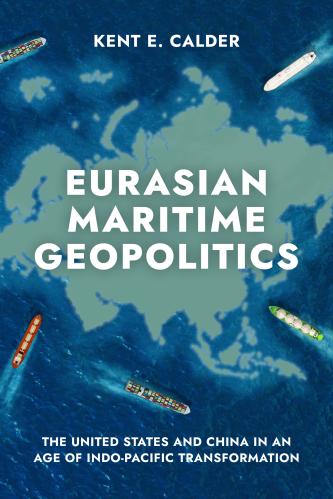
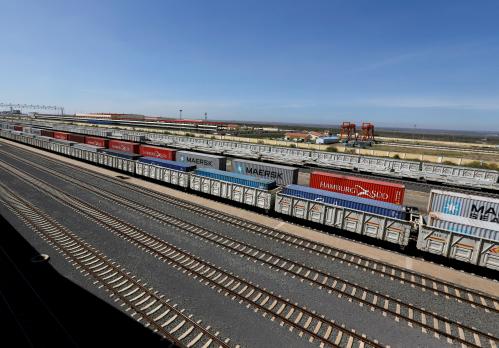
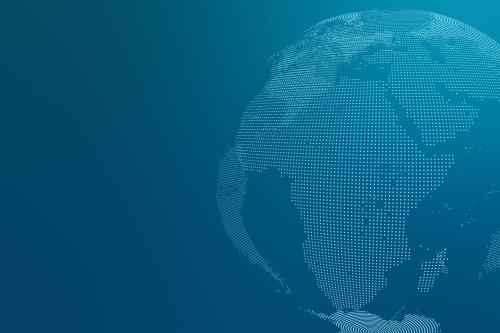

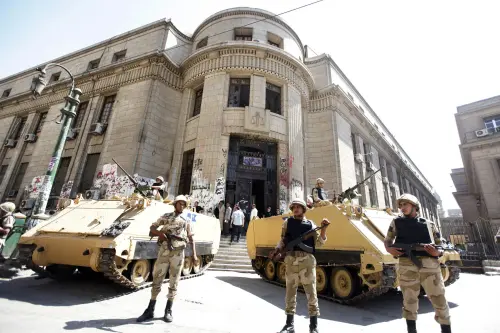
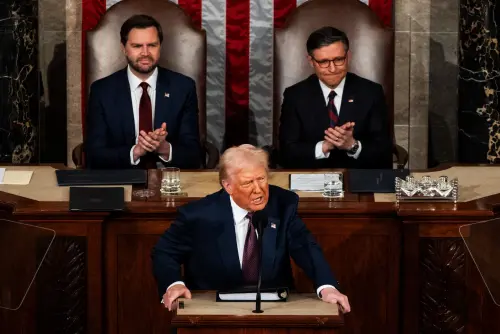
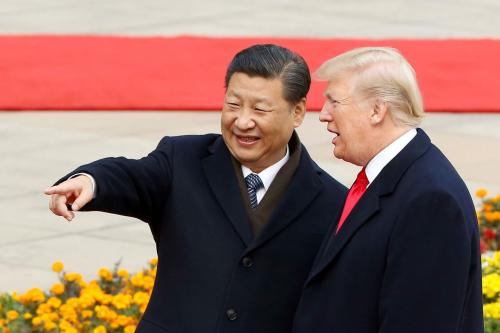
Commentary
What the United Arab Emirates can teach resource-rich countries in Africa
December 19, 2019